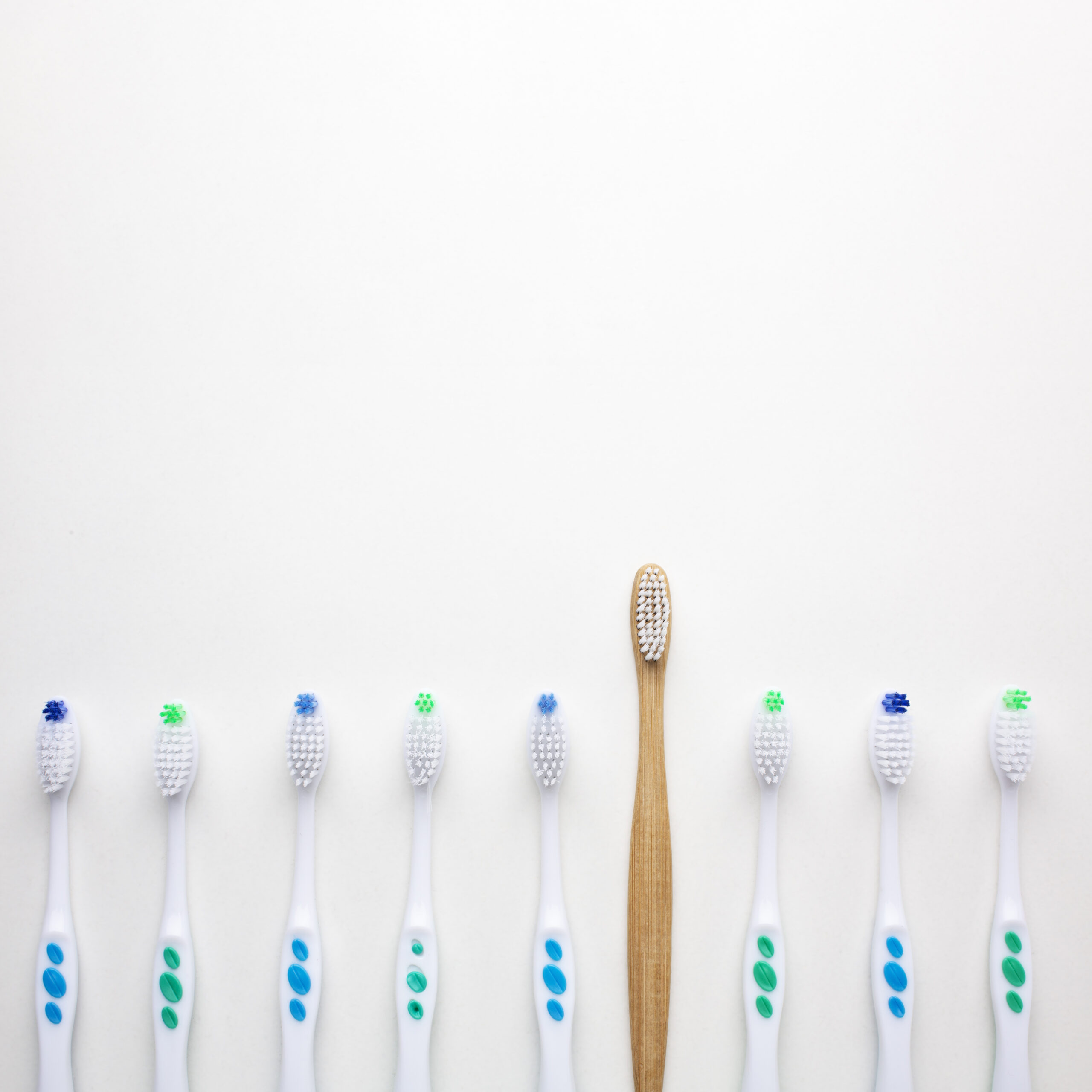In the ever-evolving landscape of dental hygiene, innovations continually reshape how we care for our oral health. Among these advancements, the ultraviolet (UV) toothbrush stands out as a game-changer, promising not only to clean our teeth but also to maintain the hygiene of the toothbrush itself. This article delves into the technology behind ultraviolet toothbrush, their benefits, and how they can transform your dental care routine.
Understanding Ultraviolet Technology
Ultraviolet light, particularly in the UV-C range, is known for its germicidal properties. It disrupts the DNA and RNA of microorganisms, rendering them unable to reproduce or cause infections. This technology has been widely used in various sectors, including healthcare and water purification, for its effectiveness in sterilization. When integrated into a toothbrush, UV light ensures that the bristles remain free of harmful bacteria, fungi, and viruses, providing a safer brushing experience.
How Ultraviolet Toothbrushes Work
Ultraviolet toothbrushes are designed with a built-in UV light source, often located in the toothbrush holder or charging station. After brushing, the toothbrush is placed into the holder, where it undergoes a UV sterilization cycle. This process usually takes a few minutes, during which the UV light eliminates the bacteria that have accumulated on the bristles during brushing. The toothbrush is then ready for its next use, free from the risk of transferring harmful microorganisms back into the mouth.
Benefits of Ultraviolet Toothbrushes
- Enhanced Oral Hygiene: Regular brushing removes plaque and food particles from the teeth, but it doesn’t fully sanitize the toothbrush itself. An ultraviolet toothbrush ensures that each brushing session starts with a clean, germ-free brush, enhancing overall oral hygiene.
- Prevention of Cross-Contamination: In households where toothbrushes are stored together, the risk of cross-contamination between brushes is high. A UV toothbrush minimizes this risk by sterilizing the bristles after each use.
- Reduced Risk of Oral Infections: By killing bacteria and viruses on the toothbrush, ultraviolet technology reduces the likelihood of oral infections, such as gingivitis and periodontitis, which can be caused by harmful microbes.
- Longevity of the Toothbrush: Regular sterilization with UV light can prolong the life of the toothbrush by preventing the growth of mold and mildew on the bristles.
- Convenience: Ultraviolet toothbrushes are easy to use, requiring no additional steps beyond placing the toothbrush in the holder after use. This seamless integration of sterilization into daily routines makes maintaining oral hygiene effortless.
Choosing the Right Ultraviolet Toothbrush
When selecting an ultraviolet toothbrush, consider the following factors:
- UV-C Wavelength: Ensure the toothbrush uses UV-C light, as it is the most effective for germicidal purposes. Check the specifications for the wavelength and intensity of the UV light.
- Design and Functionality: Look for toothbrushes with ergonomic designs, comfortable grip handles, and soft bristles. Some models may offer additional features, such as multiple brushing modes and timers.
- Battery Life and Charging: Consider the battery life of the toothbrush and the convenience of its charging system. Models with long-lasting batteries and quick charging options are preferable.
- Replacement Brush Heads: Check the availability and cost of replacement brush heads. Regularly replacing brush heads is essential for maintaining optimal cleaning performance.
- Brand Reputation and Reviews: Research the brand’s reputation and read customer reviews to gauge the reliability and effectiveness of the ultraviolet toothbrush.
Incorporating Ultraviolet Toothbrushes into Your Routine
To maximize the benefits of an ultraviolet toothbrush, follow these tips:
- Brush Regularly: Maintain a regular brushing schedule, ideally twice a day, to keep your teeth and gums healthy.
- Store Properly: Always place the toothbrush in its designated holder after use to ensure it undergoes the UV sterilization process.
- Replace Brush Heads: Change the brush heads every three months or sooner if the bristles show signs of wear.
- Regular Dental Check-Ups: Continue with regular dental check-ups and cleanings to complement your at-home oral hygiene routine.
The Future of Dental Hygiene
As technology advances, we can expect ultraviolet toothbrushes to become more sophisticated, incorporating smart features and improved sterilization methods. These innovations will further enhance the effectiveness of dental hygiene practices, ensuring healthier smiles for everyone.
In conclusion, the ultraviolet toothbrush represents a significant advancement in dental care, offering a convenient and effective way to maintain oral hygiene. By harnessing the power of UV light, these toothbrushes provide a cleaner, safer brushing experience, ultimately leading to better oral health.
